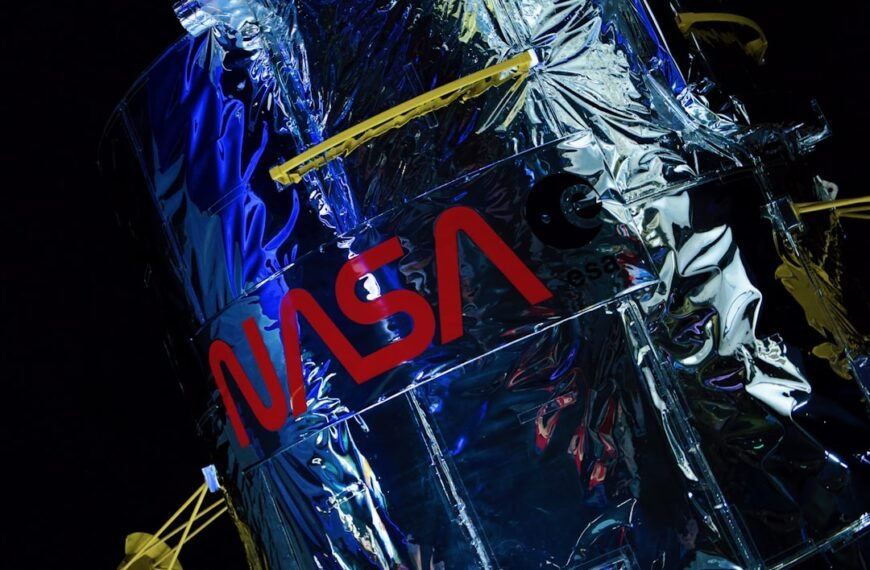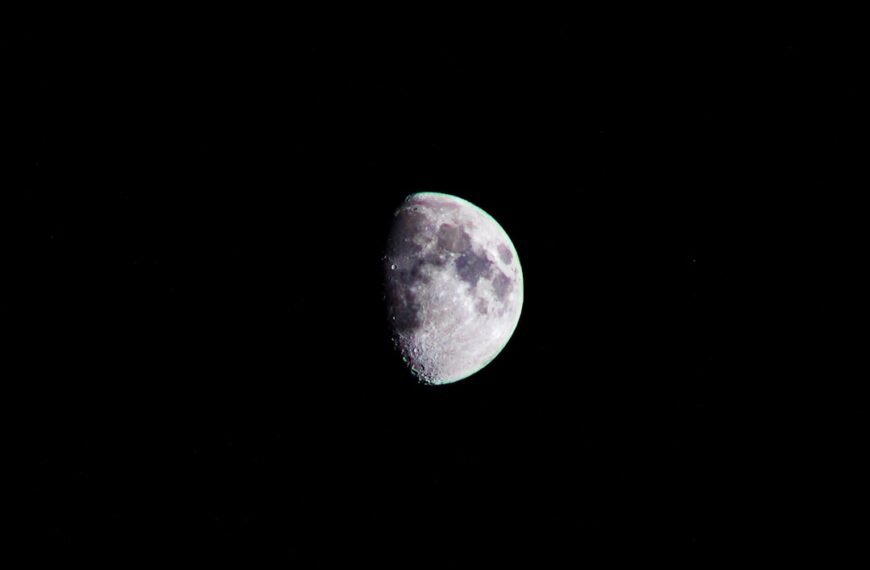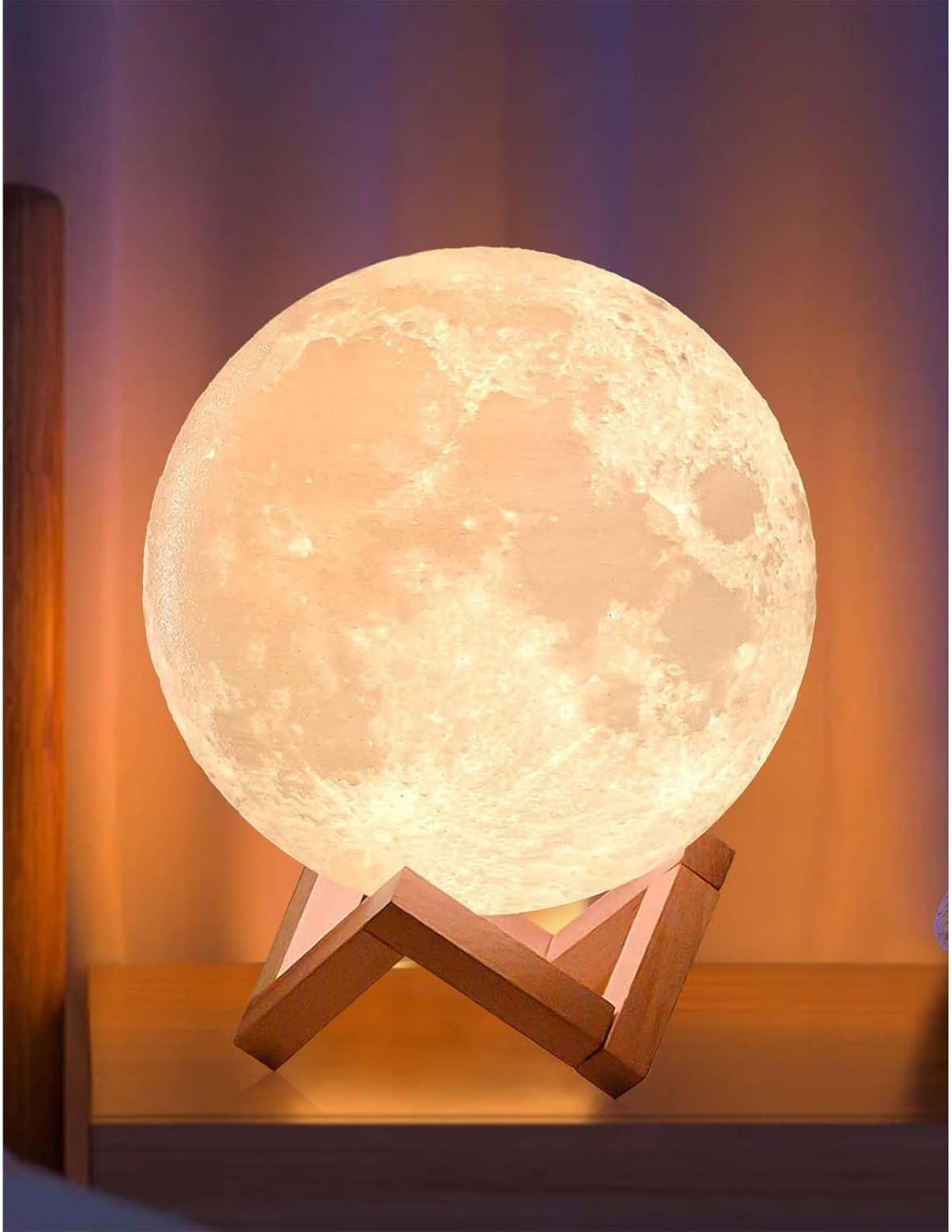Key Takeaways
- Astronomers estimate at least 100 billion planets in the Milky Way.
- Including multi-planet systems and rogue planets, the total could reach trillions.
- Small rocky planets are the most common type of world in our galaxy.
- Between 300 million and 40 billion Earth-like planets may orbit in habitable zones.
- Rogue planets—starless wanderers—may outnumber stars many times over.
- Future missions like Roman, PLATO, and ARIEL will refine these estimates and analyze atmospheres.
What Does “How Many Planets Are in the Milky Way” Really Mean?
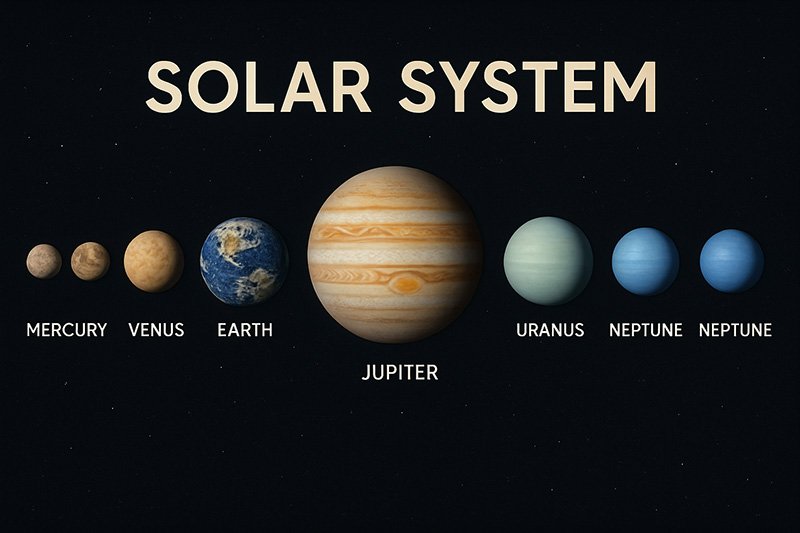 Milky Way galaxy.” class=”wp-image-21789″/>
Milky Way galaxy.” class=”wp-image-21789″/>When we ask how many planets are in the Milky Way, we aren’t just looking for one number. The answer reveals the architecture of our galaxy.
- The Milky Way has 100–400 billion stars.
- At least one planet per star gives a baseline of 100 billion planets.
- Because many stars host multiple planets, and because rogue planets drift freely, the true total likely reaches trillions.
Planets are not rare—they are a routine outcome of star formation.
How Do Scientists Count Planets We Cannot See?
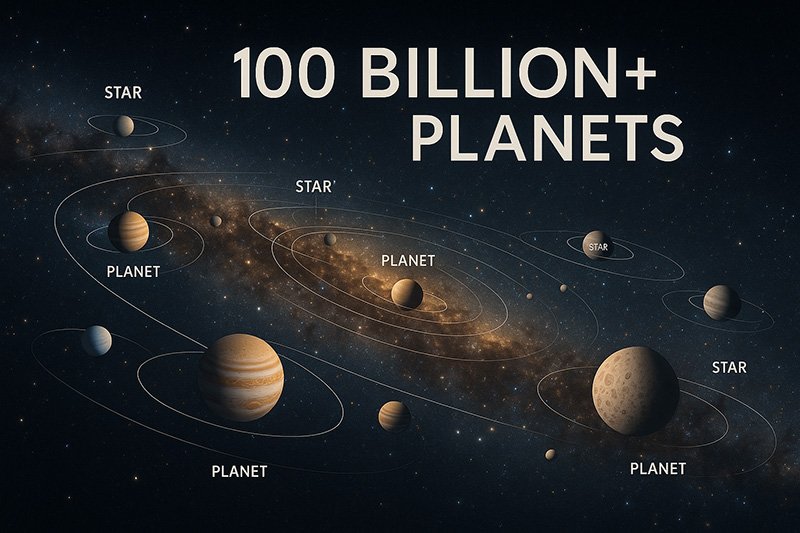 stars and planets, labeled to highlight the abundance of over 100 billion planets.” class=”wp-image-21792″/>
stars and planets, labeled to highlight the abundance of over 100 billion planets.” class=”wp-image-21792″/>Astronomers rely on a mix of detection methods and statistical models. Each technique sees different types of planets and carries its own bias.
Exoplanet Detection Methods
- Transit Method: Detects tiny dips in starlight when a planet crosses a star. Used by Kepler and TESS.
- Radial Velocity: Measures the “wobble” of a star from a planet’s gravity.
- Microlensing: Uses gravitational lensing to detect planets—even rogue ones.
- Direct Imaging: Blocks starlight to capture faint light from planets, usually gas giants.
- Astrometry: Tracks minute shifts in star positions. The Gaia mission is pioneering this method.
By correcting for detection biases, scientists can scale up from a few thousand discoveries to a galactic-wide estimate.
How Kepler Changed Our View of Planet Numbers

Before 2009, most known exoplanets were giant “hot Jupiters.” That changed with NASA’s Kepler Space Telescope.
- Kepler observed 150,000 stars continuously.
- It confirmed 2,600+ planets and identified thousands more candidates.
- Most discoveries were smaller than Neptune, proving that small rocky worlds dominate.
Kepler revealed that 20–50% of Sun-like stars may have Earth-size planets in their habitable zones.
Do Planets Outnumber Stars in the Milky Way?
The simple answer is yes.
- At least 100 billion planets exist.
- More realistic estimates: hundreds of billions to trillions.
- Add rogue planets, and the number may soar into the quadrillions.
Planets are now recognized as the rule, not the exception.
How Many Habitable Planets Are in the Milky Way?

The “habitable zone” is where liquid water could exist. Estimates vary widely:
- Low end: 300 million Earth-size planets.
- Mid-range: 6 billion around Sun-like stars.
- High end: Up to 40 billion if red dwarfs are included.
Even the most cautious numbers suggest hundreds of millions of potentially habitable worlds in our galaxy.
Rogue Planets in the Milky Way: Trillions of Starless Wanderers
Rogue planets are not bound to any star. They wander the galaxy in darkness.
- Detected mainly through microlensing events.
- Some studies suggest 2 rogue planets per star (~400 billion).
- Others propose 20 per star (~4 trillion).
- Theoretical models predict far more—possibly 100,000 per star.
This means the most common planet in the Milky Way could be a cold, starless world.
What Will Future Missions Teach Us?
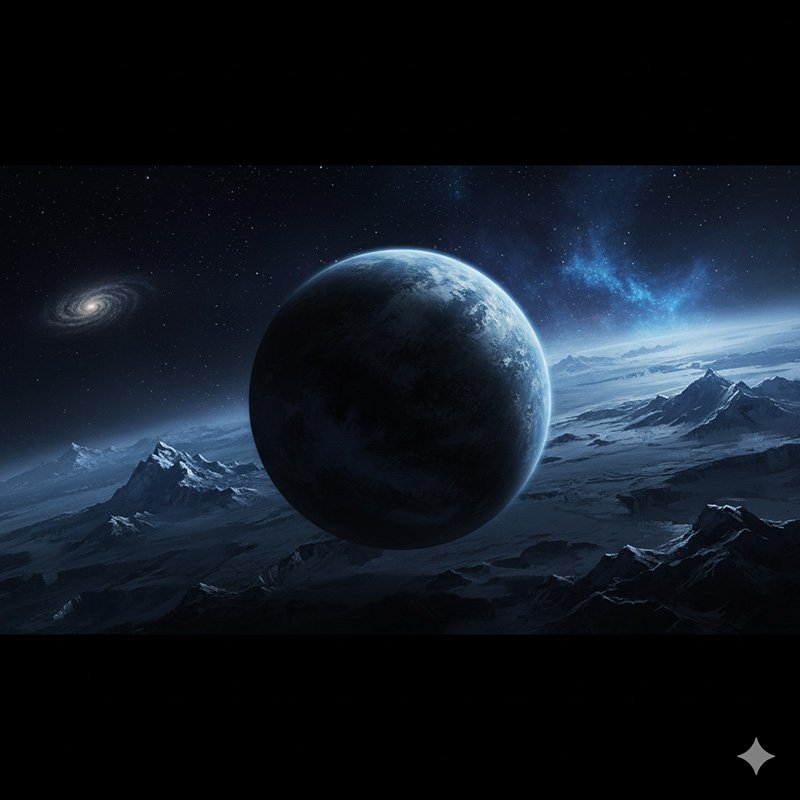
Nancy Grace Roman Space Telescope (2027)
- Will use microlensing to count cold and rogue planets.
- Could detect planets as small as Mars.
- Includes a coronagraph for direct imaging tests.
ESA PLATO (2026)
- Focused on finding Earth-size planets in habitable zones.
- Uses 26 cameras to observe hundreds of thousands of stars.
ESA ARIEL (2029)
- First large-scale atmospheric survey of 1,000 exoplanets.
- Will study chemical fingerprints such as H₂O, CO₂, and CH₄.
These missions will move us from counting planets to understanding their nature.
My Perspective as a Space Writer
I’ve been following exoplanet science since the Kepler era. At first, each discovery was front-page news. Now, the story is about statistics: what types of planets are most common, how many are habitable, and how many drift alone.
What excites me is how often small rocky worlds appear, even around stars very different from our Sun. It makes the galaxy feel crowded, alive with possibilities.
And rogue planets? They reshape how I imagine the universe. The night sky isn’t just stars—it’s full of invisible worlds we cannot see, waiting for missions like Roman to reveal them.
FAQs | How Many Planets Are in the Milky Way?
How many planets are in the Milky Way galaxy?
At least 100 billion, but including rogue planets the total could reach trillions.
How many Earth-like planets are in the Milky Way?
Between 300 million and 40 billion, depending on the definition of “Earth-like.”
What are rogue planets?
They are planets that drift freely without a star. There could be trillions of them in our galaxy.
Which telescope discovered most planets so far?
NASA’s Kepler Space Telescope, using the transit method, found thousands of planets.
What future missions will improve planet counts?
The Roman, PLATO, and ARIEL missions will refine numbers and study atmospheres.
Conclusion | A Galaxy Overflowing with Worlds
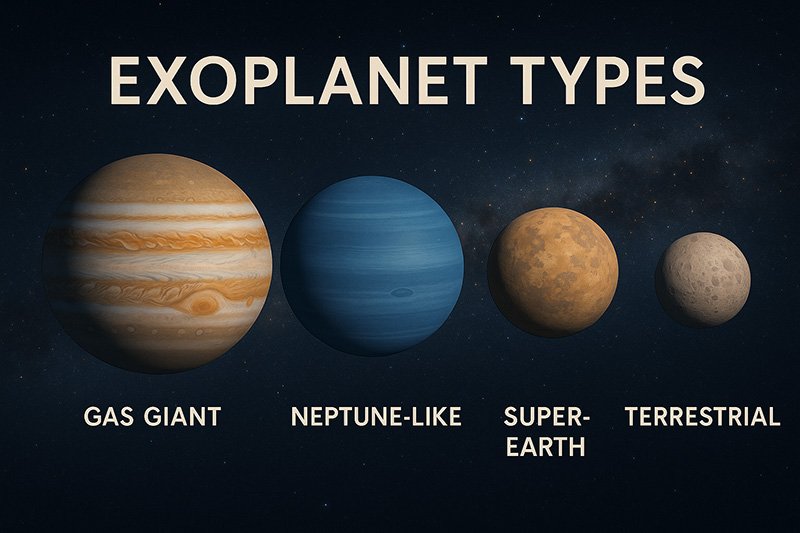
The Milky Way is not just a galaxy of stars—it is a galaxy of planets.
- At least 100 billion planets exist.
- The true number is likely trillions.
- Small rocky planets dominate, while gas giants are less common.
- Hundreds of millions of habitable-zone worlds may exist.
- Rogue planets may be the most common type of all.
The big lesson: planets are everywhere. The next decade of missions will help us move from counting them to understanding their climates, atmospheres, and potential for life.






